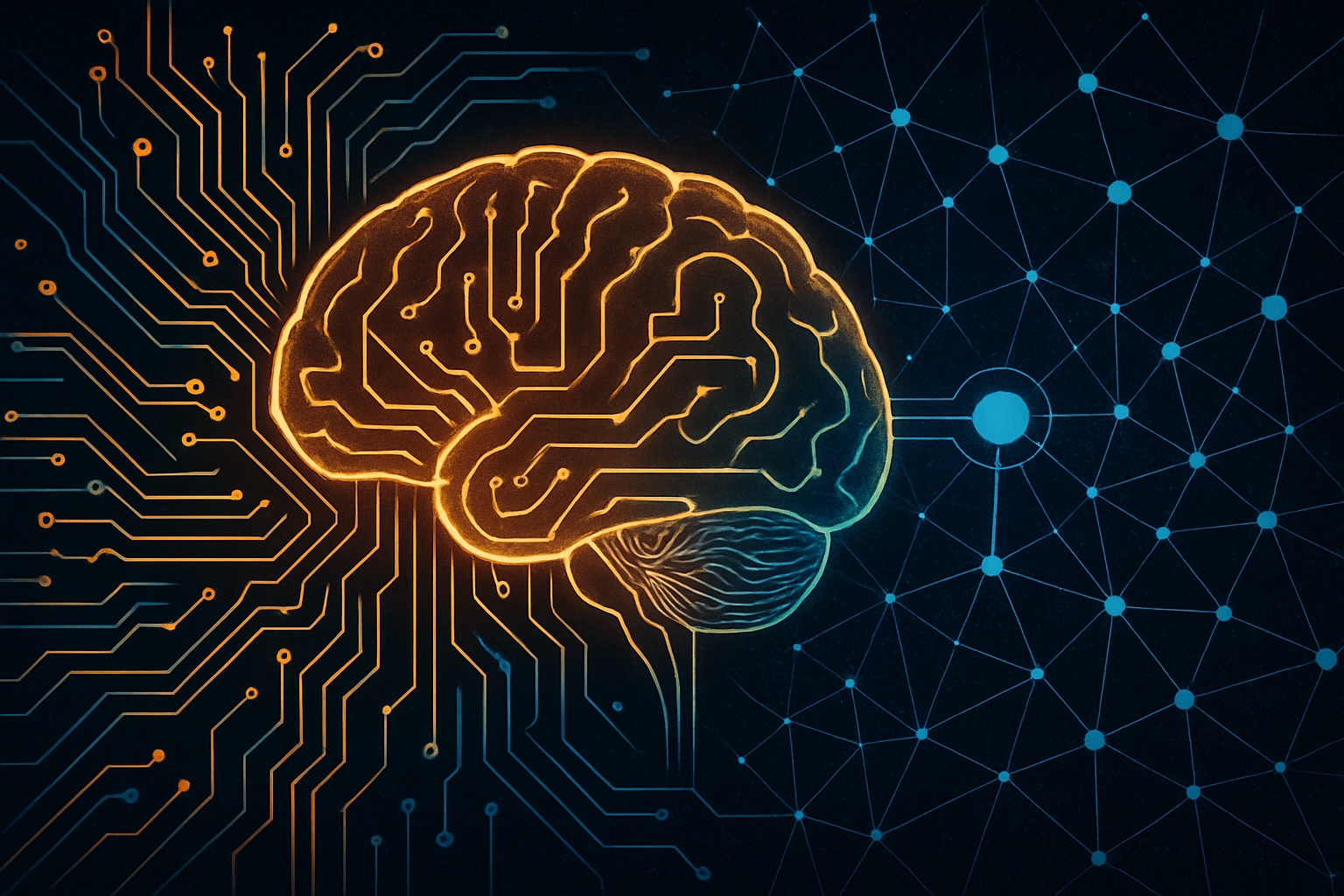FAQs
1. How do wireless technologies impact neuroengineering devices?
Miniaturization and wireless power technologies make devices less invasive, more user-friendly, and easier to integrate into daily life. They also facilitate continuous, real-time transmission of data, crucial for adaptive control and personalized therapies.
2. How long does it usually take for a neuroengineering breakthrough to reach clinical use?
The timeline varies significantly depending on the complexity and invasiveness of the technology, but it’s typically a long process ranging from 10 to 20 years. This involves extensive preclinical research, multiple phases of human clinical trials, and rigorous regulatory approval.
3. Beyond treating disorders, does neuroengineering explore applications for enhancing human abilities in healthy individuals?
Yes, neuroengineering also involves augmenting human capabilities, such as optimizing cognitive function, improving learning processes, or creating advanced human-machine interfaces that could enhance quality of life in healthy individuals.
Reference
1. DiLorenzo, D. J., & Bronzino, J. D. (2007). Neuroengineering. CRC Press.
2. Ashraf, M. W., Tayyaba, S., & Afzulpurkar, N. (2011). Micro electromechanical systems (MEMS) based microfluidic devices for biomedical applications. International journal of molecular sciences, 12(6), 3648-3704.
3. Rothschild, R. M. (2010). Neuroengineering tools/applications for bidirectional interfaces, brain–computer interfaces, and neuroprosthetic implants–a review of recent progress. Frontiers in neuroengineering, 3, 112.
4. Moxon, K. A., & Foffani, G. (2015). Brain-machine interfaces beyond neuroprosthetics. Neuron, 86(1), 55-67.
5. Lebedev, M. A., Crist, R. E., & Nicolelis, M. A. L. (2008). Building brain–machine interfaces to restore neurological functions. In: Methods for Neural Ensemble Recordings. 2nd ed. CRC Press.
6. Zhang, X., Ma, Z., Zheng, H., et al. (2020). The combination of brain-computer interfaces and artificial intelligence: applications and challenges. Annals of translational medicine, 8(11), 712.
7. Sanchez, J. C. (2018). Neuroprosthetics: Principles and Applications. CRC Press.
8. Ghezzi, D. (2015). Retinal prostheses: progress toward the next generation implants. Frontiers in neuroscience, 9, 290.
9. Lee, M. B., Kramer, D. R., Peng, T., et al. (2019). Clinical neuroprosthetics: today and tomorrow. Journal of Clinical Neuroscience, 68, 13-19.
10. Gutiérrez-Martínez, J., Toledo-Peral, C., Mercado-Gutiérrez, J., et al. (2020). Neuroprosthesis Devices Based on Micro‐and Nanosensors: A Systematic Review. Journal of Sensors, 2020(1), 8865889.
11. Giansanti, D. (2025). Advancements in Ocular Neuro-Prosthetics: Bridging Neuroscience and Information and Communication Technology for Vision Restoration. Biology, 14(2), 134.
12. Lozano, A. M., Lipsman, N., Bergman, H., et al. (2019). Deep brain stimulation: current challenges and future directions. Nature Reviews Neurology, 15(3), 148-160.
13. Gershon, A. A., Dannon, P. N., & Grunhaus, L. (2003). Transcranial magnetic stimulation in the treatment of depression. American Journal of Psychiatry, 160(5), 835-845.
14. Johnson, R. L., & Wilson, C. G. (2018). A review of vagus nerve stimulation as a therapeutic intervention. Journal of inflammation research, 11, 203-213.
15. Verrills, P., Sinclair, C., & Barnard, A. (2016). A review of spinal cord stimulation systems for chronic pain. Journal of pain research, 9, 481-492.
16. Vlasov, K., Van Dort, C. J., & Solt, K. (2018). Optogenetics and chemogenetics. In Methods in enzymology (Vol. 603, pp. 181-196). Academic Press.
17. Tafazoli, S., MacDowell, C. J., Che, Z., et al. (2020). Learning to control the brain through adaptive closed-loop patterned stimulation. Journal of Neural Engineering, 17(5), 056007.
18. Carè, M., Chiappalone, M., & Cota, V. R. (2024). Personalized strategies of neurostimulation: from static biomarkers to dynamic closed-loop assessment of neural function. Frontiers in Neuroscience, 18, 1363128.
19. Kang, W., Lee, J., Choi, W., et al. (2023). Fully implantable neurostimulation system for long-term behavioral animal study. IEEE Transactions on Neural Systems and Rehabilitation Engineering, 31, 3711-3721.
20. Rowley, P. A., Samsonov, A. A., Betthauser, T. J., et al. (2020, December). Amyloid and tau PET imaging of Alzheimer disease and other neurodegenerative conditions. In Seminars in Ultrasound, CT and MRI (Vol. 41, No. 6, pp. 572-583). WB Saunders.
21. Chen, W. L., Wagner, J., Heugel, N., et al. (2020). Functional near-infrared spectroscopy and its clinical application in the field of neuroscience: advances and future directions. Frontiers in neuroscience, 14, 724.
22. Williams, D. F., Bezuidenhout, D., De Villiers, J., et al. (2021). Long-term stability and biocompatibility of pericardial bioprosthetic heart valves. Frontiers in Cardiovascular Medicine, 8, 728577.
23. Edelman, B. J., Johnson, N., Sohrabpour, A., et al. (2015). Systems neuroengineering: understanding and interacting with the brain. Engineering, 1(3), 292-308.
24. Schöne-Seifert, B., Stier, M., & Talbot, D. (2025). Ethical Issues Regarding (Neuro-) Enhancement. In Ethics in Psychiatry: European Contributions (pp. 679-706). Dordrecht: Springer Netherlands.
25. Won, S. M., Cai, L., Gutruf, P., et al. (2023). Wireless and battery-free technologies for neuroengineering. Nature Biomedical Engineering, 7(4), 405-423.
